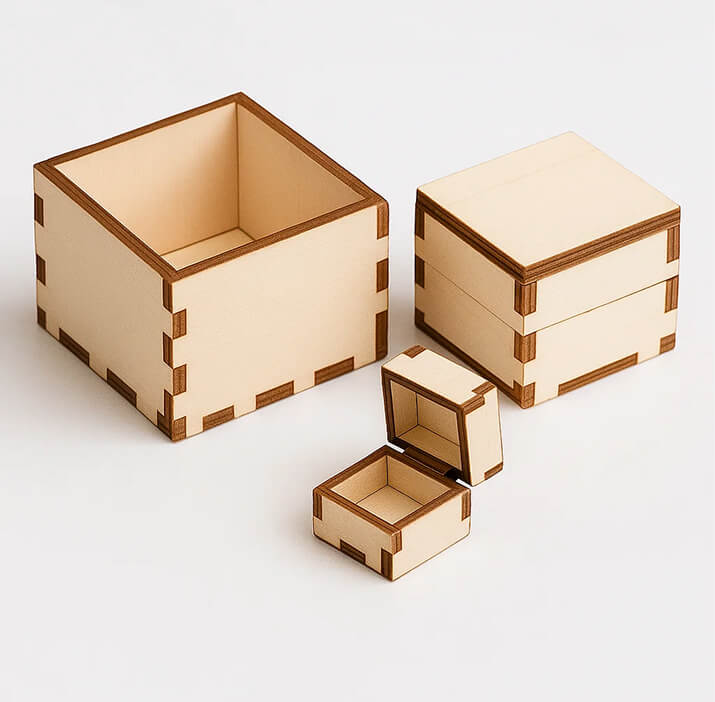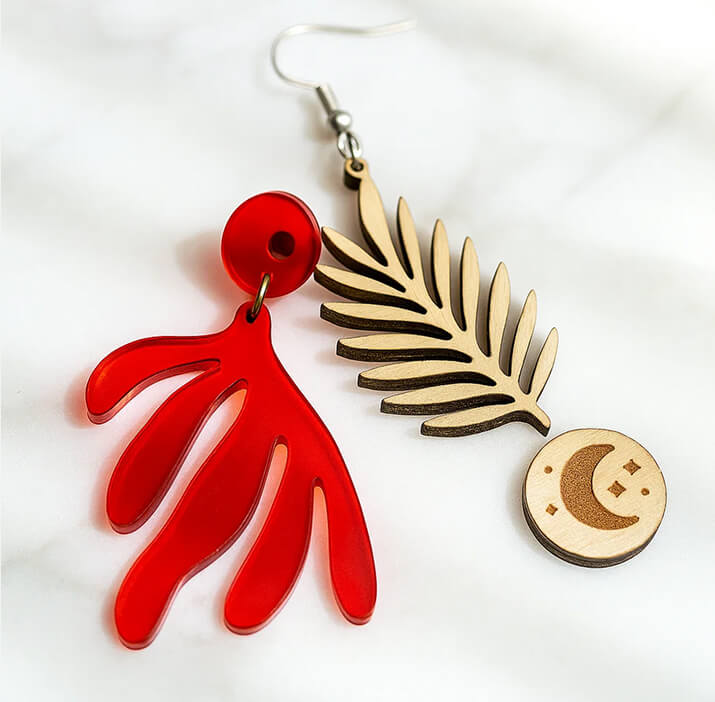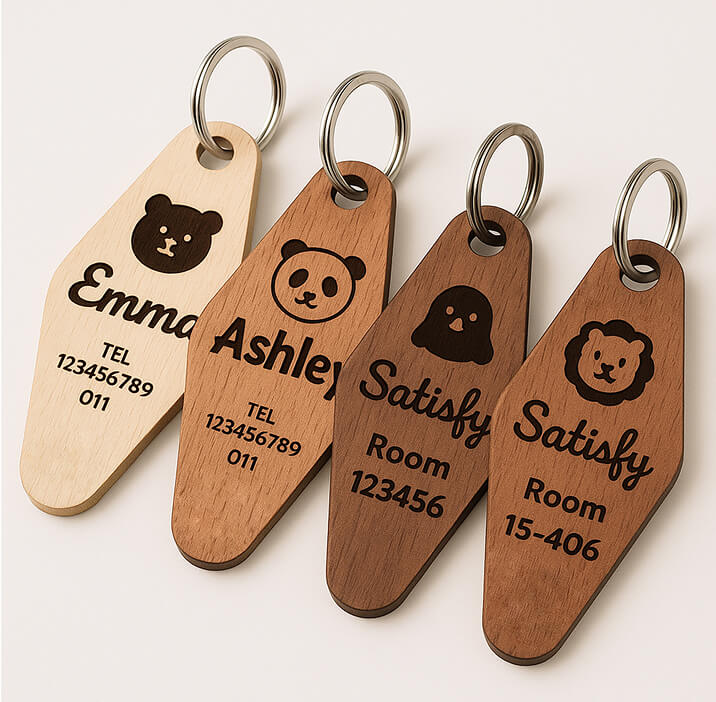![[Laser cut and engrave] xTool F1 - 30x55mm Rectangle Keyring Jig](https://image-res.xtool.com/resource/xtool/community/attachment/xtool-community/0c84bd8e-ba61-4d18-b157-e0648286d48f?x-oss-process=image/resize,w_1200,h_900,limit_0/interlace,1/format,webp/auto-orient,1)
xTool F1 - 30x55mm Rectangle Keyring Jig

Information
I designed this rectangular keyring jig because I was having trouble getting the existing M1 model to function properly. It took me approximately one hour from start to finish to design and cut this new jig. While I drew inspiration from the M1 keyring jig, this creation is tailored for the F1. I hope you find it useful and I'm excited to see the creative ways others will use it.
Instruction
Step1: Setup, Initial Cut, Top Jig
I used a sheet of 3mm Basswood plywood that I got with the kit when I purchased the F1. I set up the top jig canvas to make the keyring cuts, as well as the bottom cross cut. Do your best to align it straight on the slide extension. I used the factory cuts for all the alignment when I did the top and bottom jigs, as I will explain on that step in this How-To.
Step2: Bottom Jig cuts
I utilized the other half of the 3mm Basswood plywood sheet from my initial cut. It's essential to use the factory-cut edges for aligning the bottom jig with the top to ensure proper alignment. Using laser-cut edges may result in misalignment, compromising the project and ultimately wasting your time. There's a slight overhang on the laser-cut sides visible in the final image, but I deemed it irrelevant to the jig's function and completion.
After cutting both the top and bottom jigs, align the factory-cut edges and conduct a dry fit test for your keyrings. If any keyrings fit too tightly, you might need to sand them or the jig itself. However, be cautious when sanding the jig, as it could affect future tolerances. I noticed this when some of my keyrings had a swivel that was off-center, making them usable but requiring individual attention for a clean engrave.
For assembly, I recommend using wood glue and a brush to apply an even, non-clumping layer when joining the two halves. Make sure to align the factory-cut edges for optimal fit. While you can assemble it differently, doing so may affect the results. Once glued, place a weight, like a book, on the jig to help the glue set before using it for your keyring projects.
I hope you find this jig and guide helpful, and I look forward to seeing the creative ways you use the jig I've created. While this project was inspired by @clairey work on an M1 jig, available at this link, I found I needed to start from scratch to make it suitable for the F1 model.





